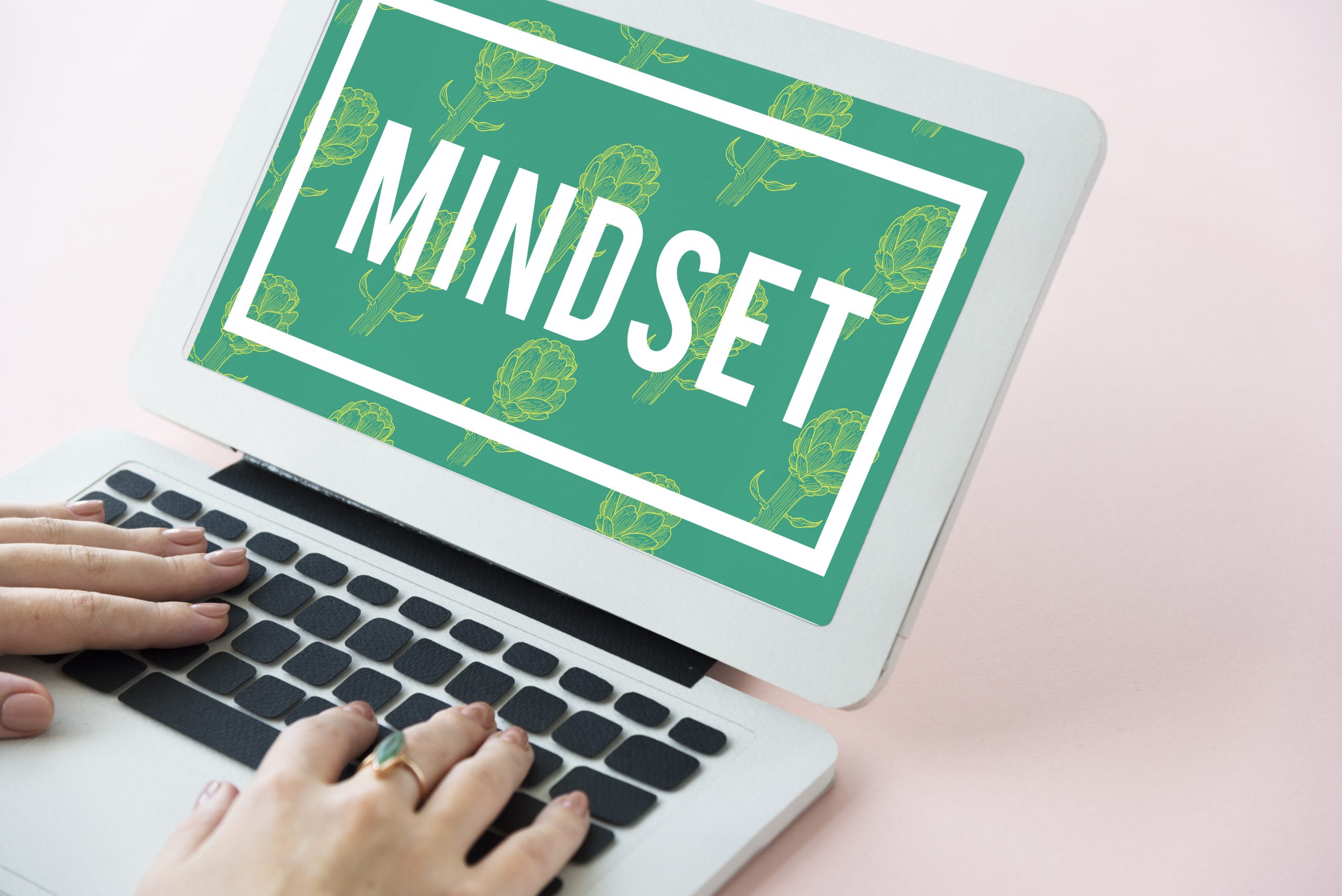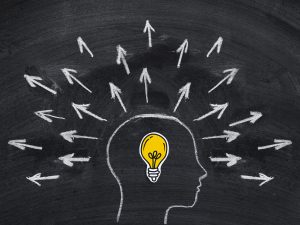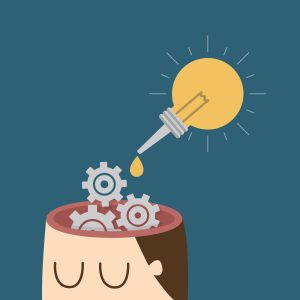Self Improvement
(Exclusive Interview) Is Australia Embracing Change? Navigating Workplace Flexibility for Well-being

As the Australian workforce continues to evolve, so does the concept of work flexibility. What was once a rigid, 9-to-5 schedule has transformed into a more fluid and adaptable approach to work.
This evolution has been influenced by various factors, including advancements in technology, changing societal norms, and the recognition of the importance of work-life balance.
Morale in the workplace is often influenced by various factors, and one key aspect that greatly impacts this is the level of flexibility provided to employees.
When considering how to support the mental health and overall well-being of your team, take a closer look at the role that workplace flexibility plays in providing a supportive and healthy environment for your employees.
By understanding the implications of workplace flexibility on employee happiness and mental health, employers can effectively implement strategies to create a positive and thriving work culture for their team members.
Mike Radda, MillerKnoll Area VP for North Asia and Pacific discussed modern workplace flexibility with Ayesha Rashid at Digital Daily News.

Our research indicates that this balance is equally important to employees and employers. One of the findings from a global survey of 10,000 workers, we conducted as part of the Future Forum consortium. we found that only 15% of workers want to be fully remote.
Most employees (66%) prefer a hybrid arrangement in Australia. The top reason employees cite for wishing to be in the office is collaboration, in-person comradery, and meetings. In Australia, the balance is even more office orientated with 11% preferring fully remote, 75% preferring a hybrid arrangement and 14% wanting to be in the office full time.
Our research has found that Aussie workers value schedule flexibility (control over their calendars) even more than location flexibility, and many are stuck on calls more easily taken from home, which prevents more meaningful in-person interactions.
In other cases, if can be about the design of the office space, as it may not facilitate the interactions people are seeking. From a very recent (yet to be published) survey we completed in nine countries, we found that people rated their workplace most highly in supporting scheduled meetings but ranked lowest in supporting unstructured collaboration and the ability for large groups to meet for “on-site” gatherings.
This emphasises the importance of office design and how essential it to Design With Impact and ensure the workplace supports collaboration.
What specific strategies can Australian companies implement to support the holistic wellbeing of remote and hybrid workers, and how can these strategies be tailored to meet individual needs?
For us, holistic wellbeing encompasses physical, social, and cognitive factors. An important starting point is for employers to ensure that people have proper ergonomics equipment, both at the office and home.
They should also seek to ensure that people can connect and feel connected with one another and organisational leadership.
Engaging employees into how work processes and environments can change and support their needs, including where they work assists in the development of appropriate strategies and results in outcomes that support both organisational and individual needs.
In a world where remote work is increasingly common, how can companies maintain a strong organisational culture that fosters innovation and camaraderie? Your opinion.
This is a complex question and successful outcomes are highly dependent on the strategies and plans of leaders, managers and team leaders.
Tools like team level agreements and more participative management processes help to foster an improved culture among distributed teams (regardless of whether they are working from offices or homes).
Recognition that the workplace is an important element of a company’s culture is an important starting point and a point from which leaders can bring their people together for meaningful times of trust-building, problem-solving, and future planning.
Are there new technologies or tools that can help bridge the gap between remote and in-office employees, enhancing their ability to collaborate and build strong relationships?
There are many audio and video platforms, as well as asynchronous collaboration tools like OS365 and the G suite, that can help overcome distance, but the spaces we use to do our work need to be planned to accommodate them.
For example, we often see rooms with video cameras that weren’t designed with video in mind.
The room should be planned to ensure that everyone is within the view of the camera, that each co-located and remote participant can make eye contact, that cameras aren’t pointed at distracting backgrounds, and that someone hasn’t placed a chair with its back facing a camera. We’ve been studying how to create great places to support remote connection for decades, but we still see a lot of spaces out there that need improvement.

A key is enabling teams to be able to impact and greater control on their individual work practises.
This assists with motivation and commitment to the achievement of team goals. Much of today’s work is accomplished through functional or project teams, establishing processes that enable teams to collaborate, then support individual work enhances outcomes and improvements in adaptability.
What role does office design play in creating spaces that encourage both strong and weak ties among employees, and how can it support innovation and creativity in a hybrid workplace?
The office plays an enormously important role in strengthening both strong and weak ties to improve the health of social networks.
For strong ties, the key lies in allowing teams to have less structured and more in-depth conversations than video or chat platforms typically allow. Team neighbourhoods, project rooms, and other content-rich spaces are the key. For weak ties, it’s about bringing people together who have no reason to schedule a Zoom call with one another. Large team “on-site”, informal areas of socialisation, and project spaces can all serve these needs well.
As remote work becomes more prevalent, what measures should companies take to ensure that employees remain engaged, productive, and loyal to the organisation?
Employee engagement tools are most critical, but we are also working on new methods of measuring the effectiveness of space in supporting employee needs.
Productivity metrics are very difficult to measure objectively and often favour individual versus group productivity, so we recommend goal-based performance management systems as a more objective means of determining how well the work is being accomplished.
Some of our customers – including Sydney-based Atlassian – are looking into new workplace metrics to support an enlightened view of how the office supports these goals beyond simple badge swipes.
How can organisations effectively communicate their commitment to employee wellbeing, meaningful connections, and adaptability in the new world of work to attract and retain top talent?
The best way is through a more participative, inclusive understanding of employee needs. If employees are engaged in developing solutions, then communicating the nature of those solutions becomes much easier (including a more inclusive design of workplace).
How can companies measure the success of their initiatives to support employee wellbeing, connections, and adaptability in a remote and hybrid working environment?
Surveys can be effective, but we also highly recommend focus groups. We can think of those who manage corporate real estate and facilities as product owners and the employees as users or customers.
Surveys can help measure broad patterns, but regular meetings with teams to ask them how their work and well-being are supported are of great value.
Self Improvement
The 10 Habits of Highly Successful People

Sometimes, it feels like you’re stuck in a never-ending cycle of mediocrity, like success is merely an elusive dream dangling in front of you.
Well, my friend, I’ve got news for you, and it’s time to break free from that rut.
In this article, we’ll explore the power of a successful mindset and reveal the 10 habits you need to cultivate to unleash your full potential.
What is a Successful Mindset?
Fixed Mindset vs. Growth Mindset
The Role of a Growth Mindset in Success
10 Key Habits for Successful Mindset
Final Thoughts
Self Improvement
Enhancing Relationships and Emotional Intelligence Through Mindfulness Meditation

For centuries, people have practised meditation as a part of their mindful journey.
Over time, mindfulness has gained popularity as a method to alleviate stress and enhance your overall wellbeing.
Mindfulness meditation can affect stress pathways in the brain, leading to changes in brain structures and activity levels in regions related to attention and emotional control.
A study of meditation showed that people who did Mindfulness Based Cognitive Therapy (MBCT) were better able to handle stress by thinking less and controlling their emotions.
Moreover, the evidence indicated that individuals who engaged in MBCT or Mindfulness Based Stress Reduction (MBSR) experienced a noticeable enhancement in their capacity to stay present in the present moment, thereby reducing their inclination towards excessive worry or repetitive pondering of negative thoughts or experiences.
The way people interact, and their emotional intelligence are important for personal wellbeing and social harmony.
Mindfulness refers to a form of meditation that entails directing your attention towards your sensory experiences and emotions without any form of analysis or evaluation.
Practising mindfulness involves various techniques such as controlled breathing and visualisation. These methods help relax both the body and mind, which can reduce stress.
Let’s discuss how mindfulness meditation improves your emotional intelligence, communication skills, empathy, compassion, conflict resolution and relationship mending.
The Benefits of Mindfulness Meditation in Relationships
The benefits of mindfulness meditation in relationships include improved communication, increased empathy, and reduced conflict.
Cultivating mindfulness in partnerships enhances the interaction quality between individuals and deepens their connection with one another.
Mindfulness helps you become aware of your thoughts, emotions, and sensations by focusing on the present moment without judgement.
When applied to relationships, this heightened awareness can facilitate effective communication, enabling you to express yourself more clearly and listen attentively without judgement or defensiveness.
Furthermore, mindfulness meditation has been found to increase empathy within relationships.
By developing an open-minded and compassionate stance towards oneself and others, you become more sensitive to the experiences and needs of your partners.
This enhanced empathy fosters understanding, validation, and support within the relationship.
Reduced conflict is another significant benefit of incorporating mindfulness meditation into partnerships.
As individuals, practising mindfulness helps us develop skills like emotional regulation and impulse control. This allows us to respond skilfully instead of reacting impulsively during tense moments or disagreements. It also helps us prioritise mutual understanding and compromise in conflict resolution, instead of hostility or avoidance.
Cultivating Emotional Intelligence Through Mindfulness Practice
Developing self-awareness through mindfulness practice involves attentively observing your thoughts, emotions, and physical sensations without judgement or attachment.
This helps you gain an understanding of your emotions, enabling you to identify behaviour patterns that provoke emotional responses.
Additionally, the practice of mindfulness meditation is essential in developing resilience and enhancing our intelligence.
When we regularly engage in mindfulness, we learn to regulate our emotions and consciously choose how to express and handle them.
This newfound self-regulation empowers us to empathetically respond to the needs of others, thus fostering connections through effective communication and conflict resolution skills.
Enhancing Communication Skills Through Mindfulness Meditation
Mindfulness meditation is gaining more recognition, for its ability to enhance empathy and strengthen connections.
By practising a judgmental awareness of our thoughts, emotions and physical sensations we gain a deeper understanding of our own experiences.
This self-awareness then helps us regulate our reactions and responses when communicating with others.
We become more attuned to cues and nonverbal signals, which are essential for effective communication.
Learning to listen without interrupting or reacting impulsively is key.
This heightened presence allows us to truly understand others’ perspectives and experiences, fostering empathy and forming connections.
Cultivating qualities like patience, compassion and acceptance plays a role in creating a space for open dialogue and resolving conflicts constructively.
When we approach communication, with curiosity and judgement, we create an environment that promotes understanding and collaboration.
Mindfulness Techniques for Conflict Resolution and Relationship Repair
When conflicts arise in relationships, address them promptly and effectively to prevent further damage and foster growth.
Mindfulness techniques provide a valuable framework for navigating these challenges.
One effective conflict resolution technique is active listening, which involves fully engaging with the other person’s perspective without judgement or interruption.
Through active listening, you deeply understand each other’s needs and concerns, paving the way for finding mutually agreeable solutions.
Another technique is nonviolent communication, that puts importance on empathy and understanding. This method involves expressing one’s feelings and needs in a non-confrontational manner while also actively listening to the other person’s point of view.
By making use of nonviolent communication, you create an environment where conflicts are addressed with respect and compassion.
Repairing broken relationships requires forgiveness and letting go of past grievances.
Mindfulness practices such as loving-kindness meditation can create compassion towards oneself and others, fostering an atmosphere of healing and reconciliation.
What have we learned so far?
In summary, mindfulness meditation offers numerous benefits for improving your relationships and emotional intelligence.
By cultivating self-awareness and non-judgmental acceptance, you improve your communication skills and strengthen empathy and compassion in your relationships.
Additionally, mindfulness techniques provide effective tools for conflict resolution and relationship repair. This practice helps you to approach your interactions with a clear mind and open heart, fostering deeper connections and understanding.
Ultimately, practising mindfulness into your daily life leads to harmonious relationships and increased emotional intelligence – a key aspect of personal growth.
As the saying goes, ‘A stitch in time saves nine.’
-
Business2 years ago
How to Earn Money Writing Blog Posts in 2023: A Comprehensive Guide
-
Games2 years ago
How does Dead Space Remake enhance the Horror Classic of 2008
-
Video2 years ago
Everything you need to know about Starfield
-
Health2 years ago
How is Yoga and Pilates Bridging the Gap Between your Mind and Body
-
World2 years ago
Swiss Pharma Powerhouse Acino Expands into Latin America with M8 Pharmaceuticals Acquisition
-
Health2 years ago
Migraine medications significantly improve the quality of life
-
Self Improvement2 years ago
Enhancing Relationships and Emotional Intelligence Through Mindfulness Meditation
-
Business2 years ago
How to Use LinkedIn to Build Your Professional Brand






























